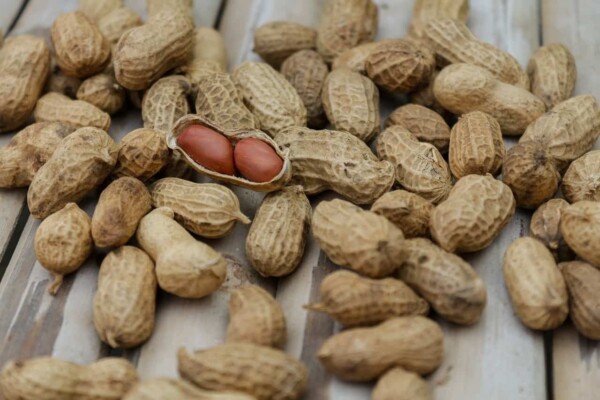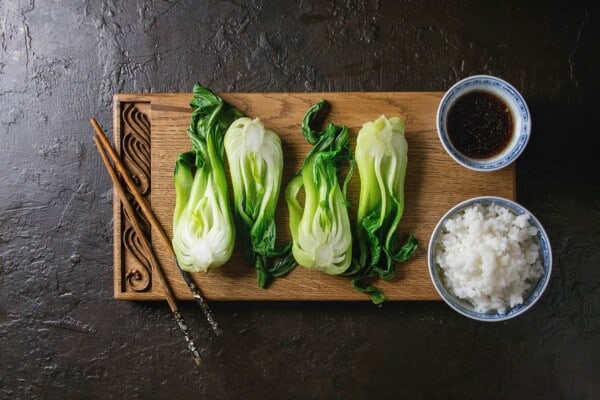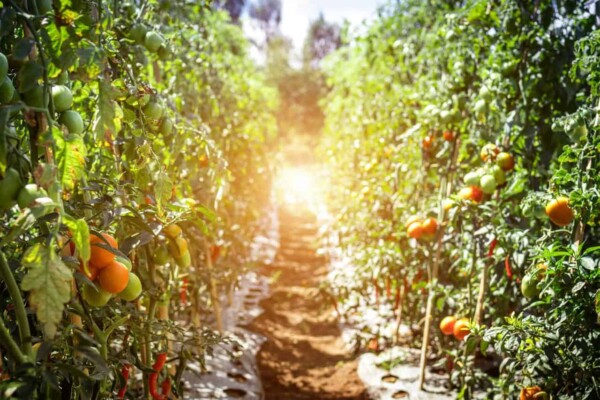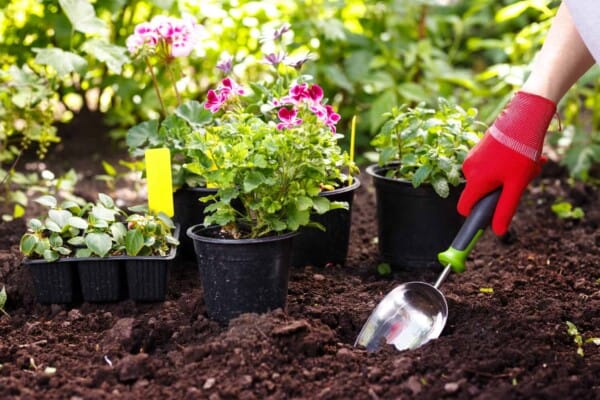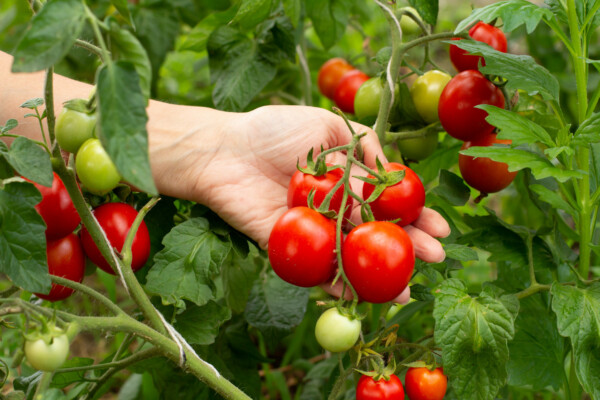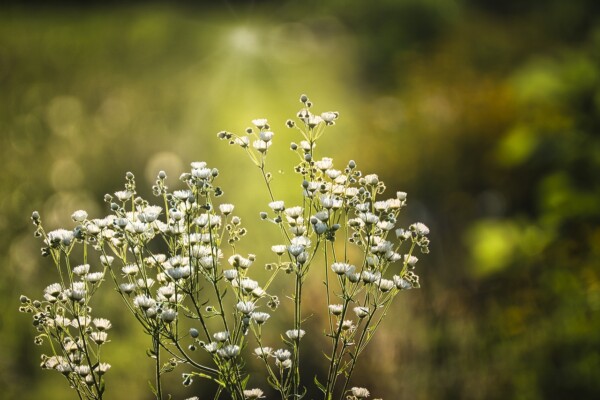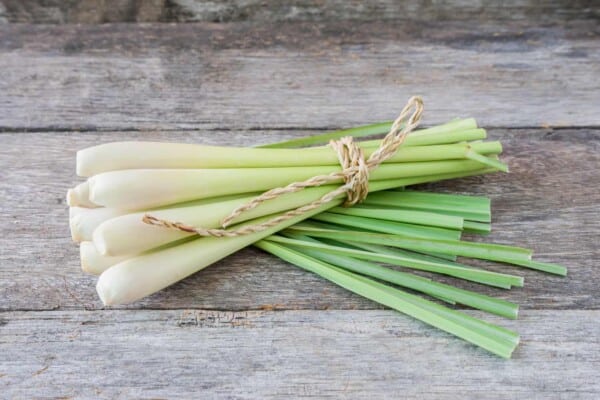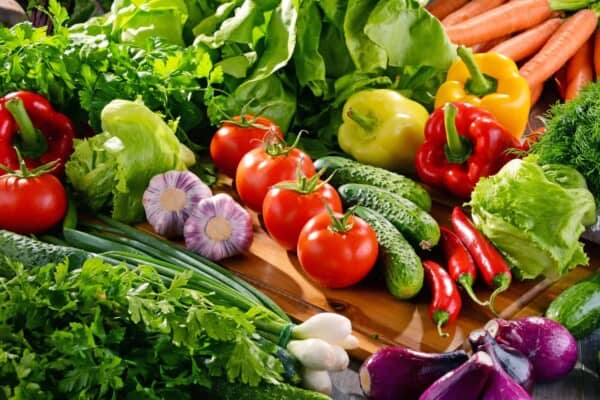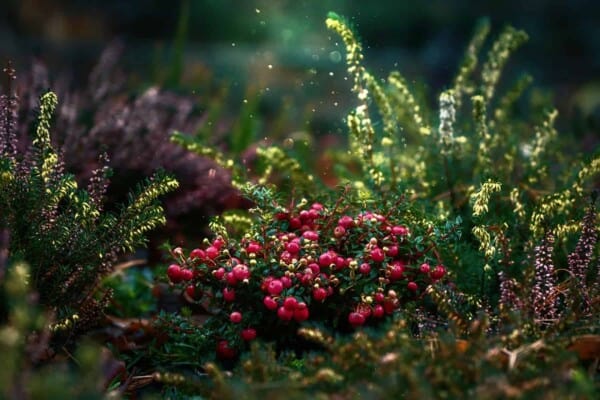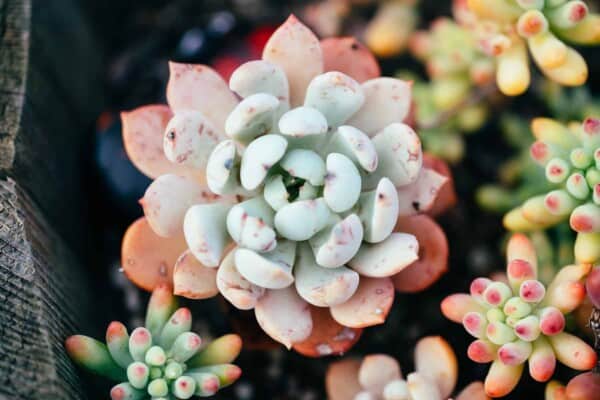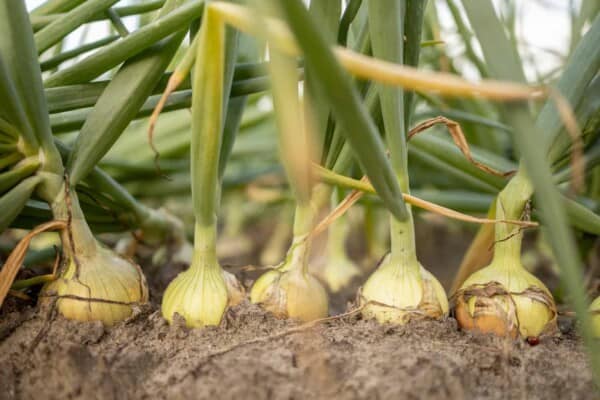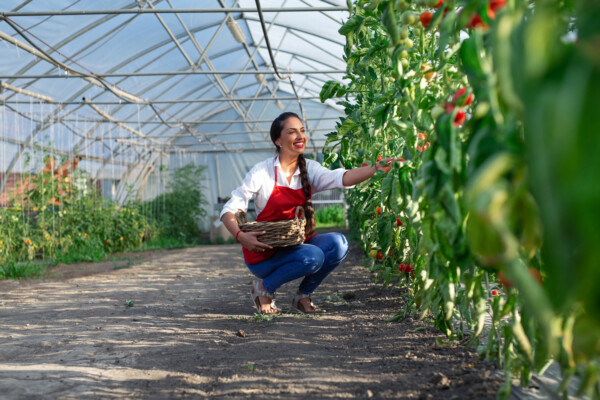Basil is a warm-weather fragrant herb that is known to make a lot of dishes taste ten times better, including pesto for that matter.
It is the ingredient that most meals are missing, and if you clicked on this link then chances are that you too want to learn more about every basil variety out there and how you should use them.
But before we actually get into the meat of the article, the 20 basil varieties that you should know about, let’s just give you a brief little intro which explains to you how you can start planting basil for yourself today.
Planting, Growing and Harvesting Basil
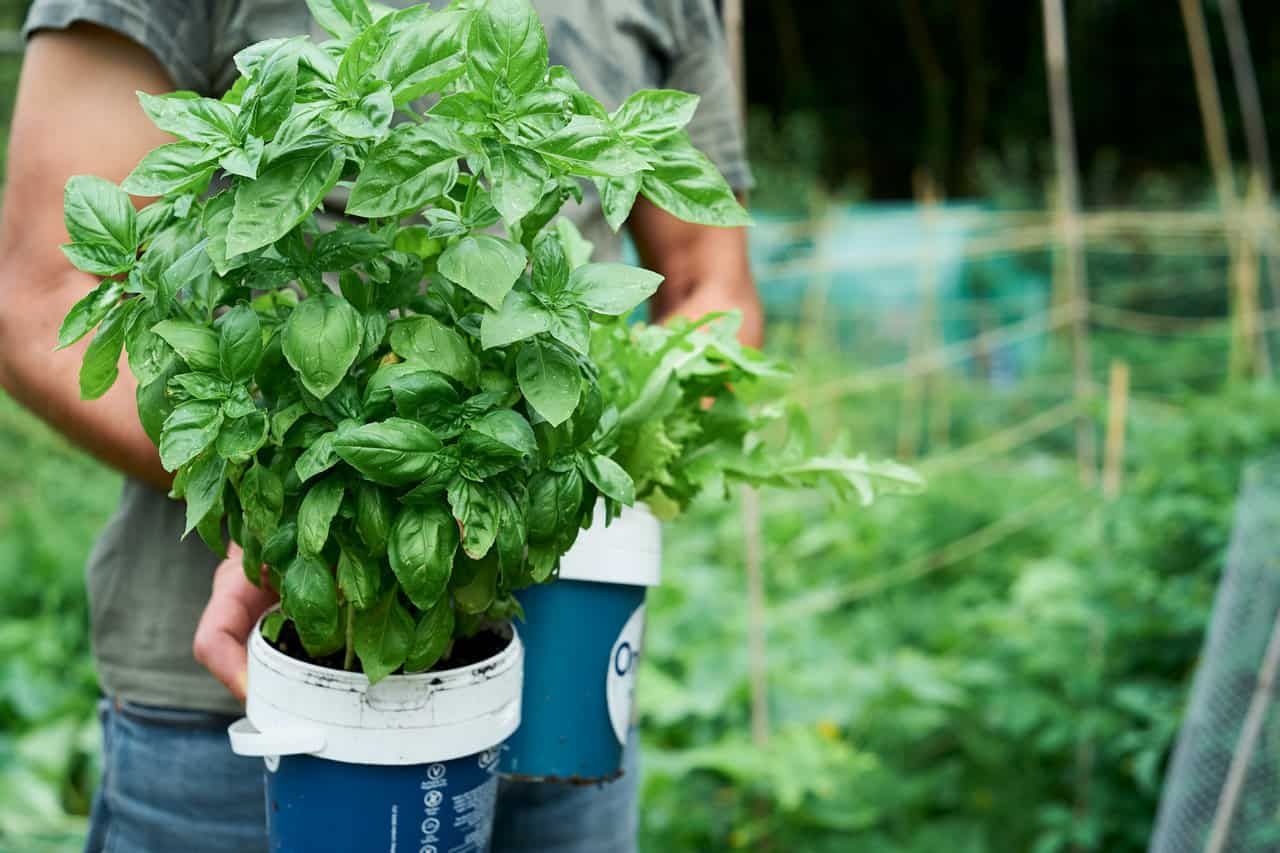
By far the most common type of basil that you will easily come across in most markets is the sweet basil, but other than that you also have purple basil, lemon basil and Thai basil.
You will be happy to hear that basil in itself is actually quite easy to grow, since all you need is a good location with fertile and moist soil that gets about 6 to 8 hours of sun on a daily basis.
You can also place your basil in containers or raised beds, although the most important part here is that you need to make sure that the pH level of the soil needs to be around 6.0 to 7.5.
You can start planting the seeds indoors around 6 weeks before the spring frost hits, but if you want to plant them outside you will want to wait for the soil to reach a temperature of about 10C or 50F – 21C or 70F.
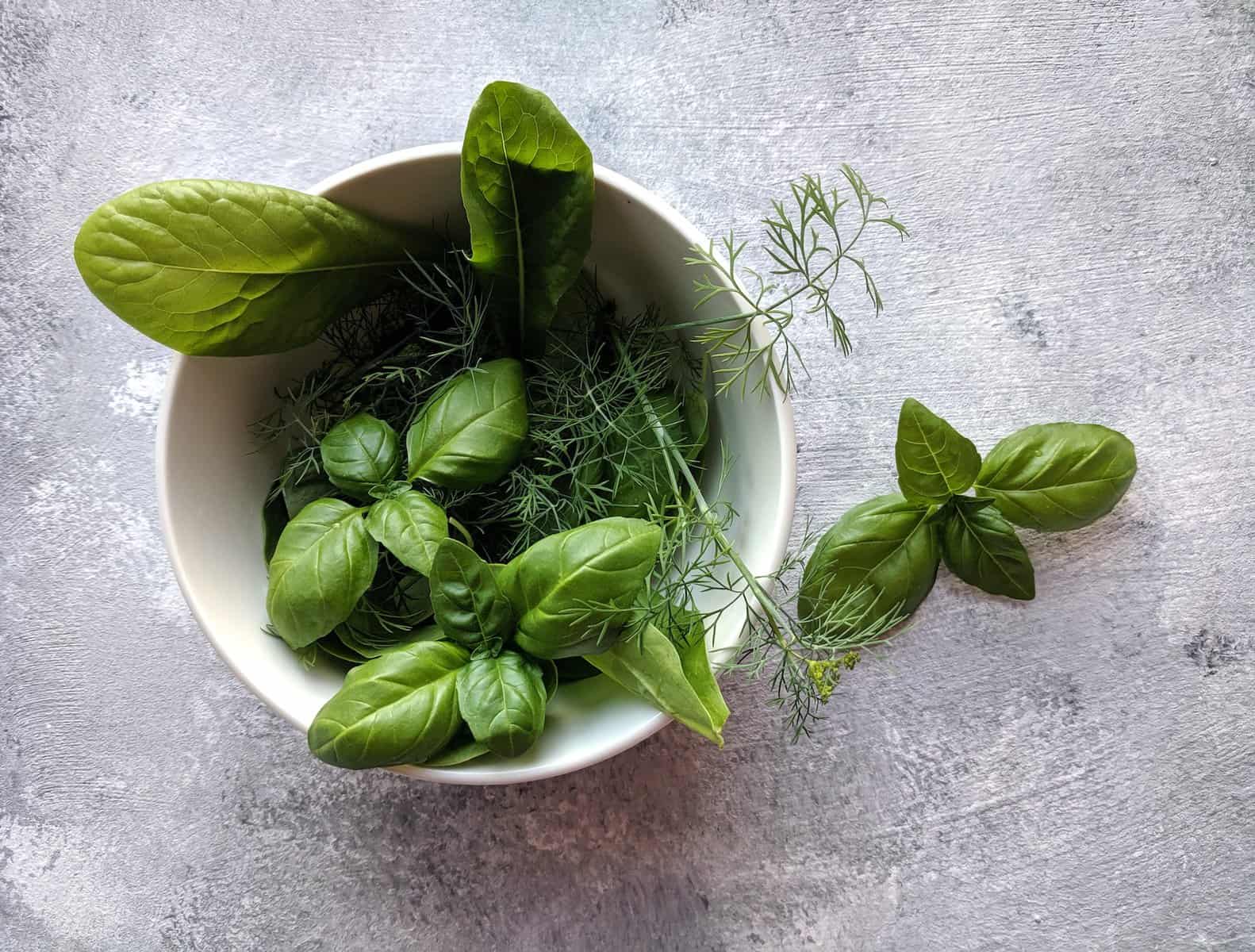
Take the seeds and plant them about ¼-inch deep into the ground, then as soon as the leaves start to sprout, start thinning out the seedlings to one plant every 10 to 12 inches. Ideally, your basil should grow as tall as 12 to 24 inches or so.
As soon as the branch has around six to eight leaves, you will need to start pruning the branches again. Afterwards just fertilize them well with a 5-10-5 fertilizer and you should start pinching off the center shoot to make sure that they don’t start flowering anytime soon.
If your basil does start flowering, don’t be afraid to cut them right off, and if the weather does get a bit too cold you may want to harvest your basil a bit sooner so that it doesn’t die off completely by the time you actually harvest it.
But hey, now that we know how to plant, grow and harvest the basil, how about we talk about the 20 varieties of basil that you should look out for right now, starting off with:
1. Christmas Basil
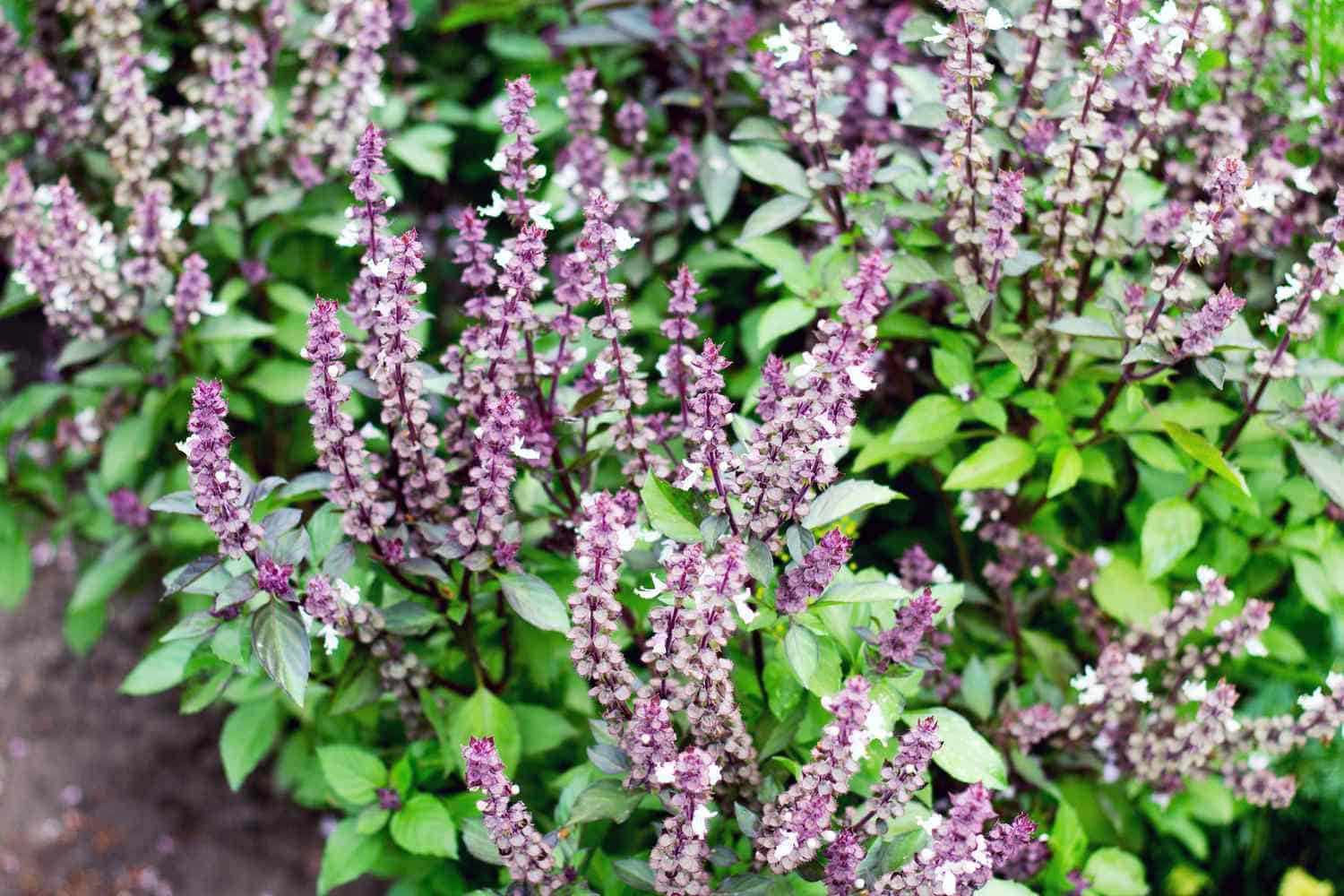
This basil is quite popular for its 2-inch, glossy green leaves and of course, we can’t forget about its purple flowers too.
The Christmas Basil is known for adding a fruitier flavor to any salad or drink it gets added to, and not only that but it also makes for a great decorative piece if you want to make your landscape look all the more aesthetic.
Overall, the Christmas Basil is a great border plant to go for, one that usually reaches heights of up to 20 inches or so.
2. Cinnamon Basil
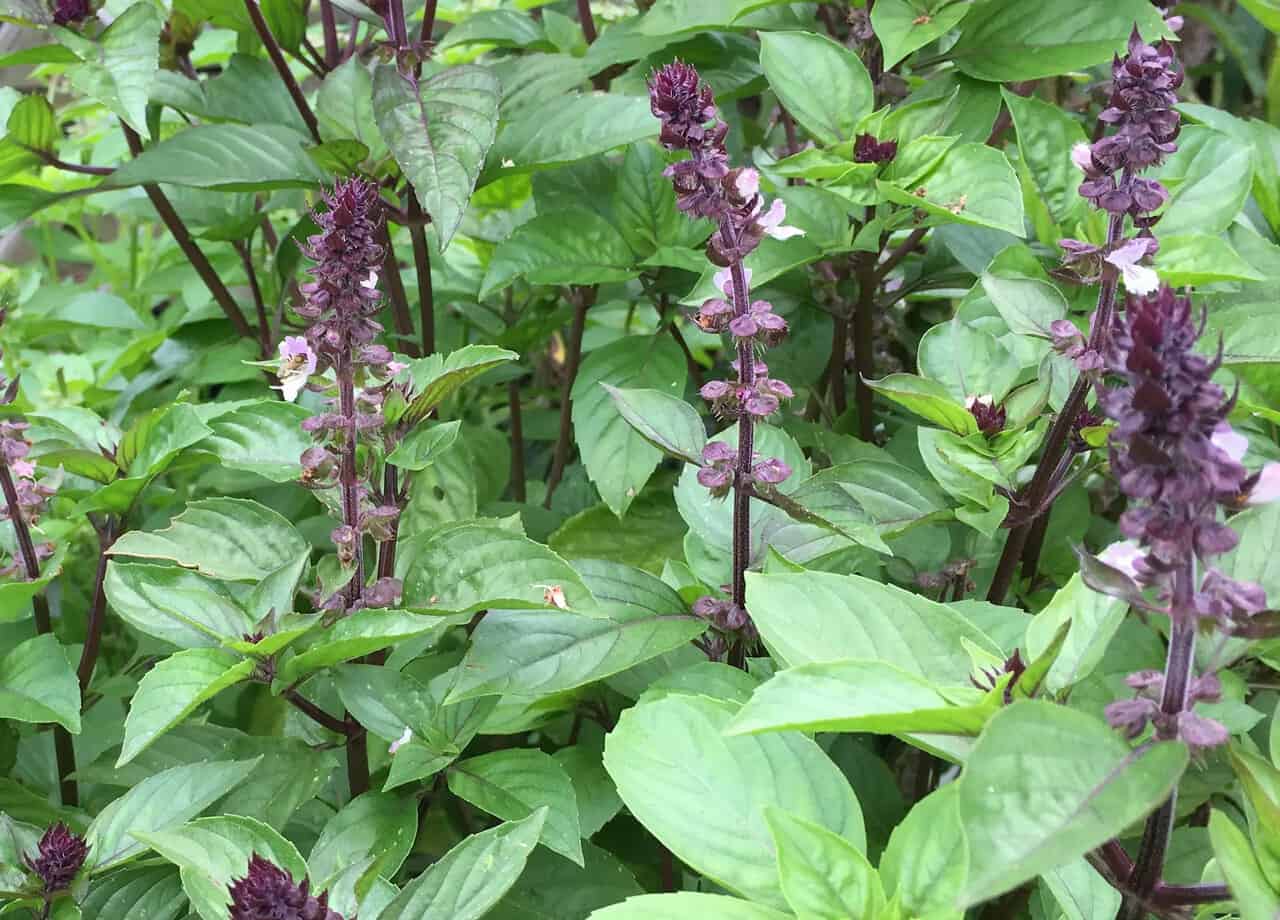
If you are more so looking for a spicier alternative to the Christmas Basil, then you most definitely need to go for the Cinnamon Basil because it’s sure to hit the spot for you.
This 25 to 30-inch-tall plant looks astonishing to say the least thanks to its dark-purple stems and its small and cute leaves. It is a fan favorite option for a lot of people, and not only that but it can also make for a great ornamental option for fruit salads and other garnishes.
Just keep in mind that the Cinnamon Basil is also quite a lot spicier than your standard basil, so you may want to keep it away from picky eaters that can’t stand a salad that “bites back”.
3. Sweet Basil
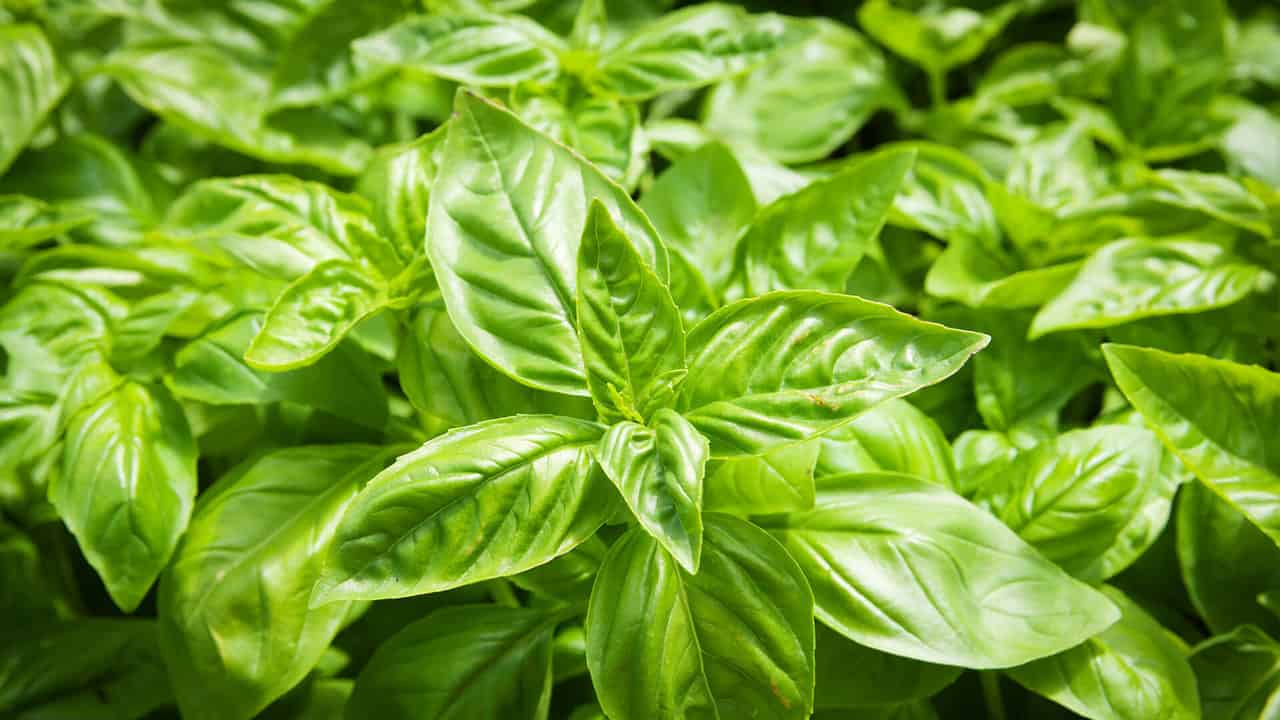
As we mentioned previously, this is by far the most popular variety of basil there is out there, and for good reason too. It is mostly used in pesto, salads and marinades, although it can also be used as an extra ingredient in most other meals too.
You can tell if you’re dealing with a Sweet Basil or not based on the fact that your plant has rounded cup-shaped leaves.
Interestingly enough, a lot of farmers have also been planting Sweet Basil into their crops in order to repel mosquitos, and since they are always so readily available, there’s no reason as to why you shouldn’t do the same too.
4. Genovese Basil
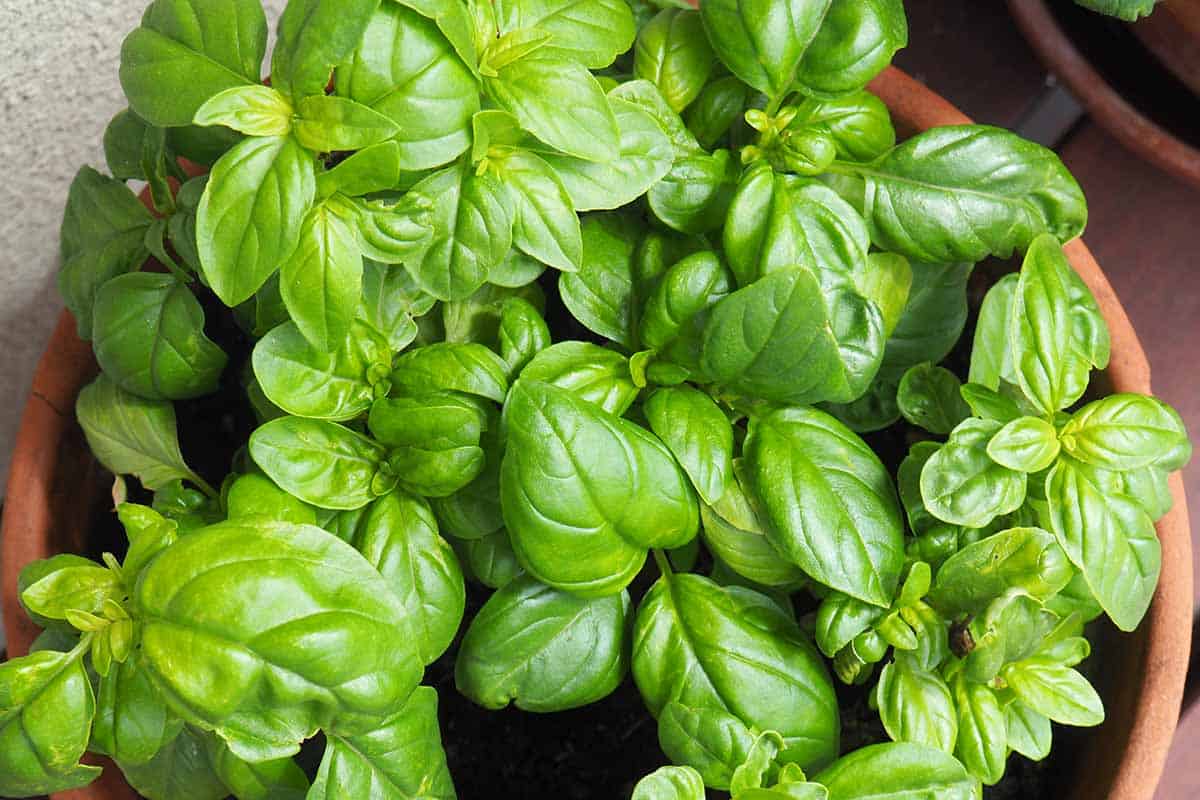
If you are looking to impress your Italian ancestors then you have got to go with the Genovese Basil because there’s no better option for you out there.
This classic Italian basil is known for having very large dark green leaves, and as you can probably tell by now, it is most famous in pesto among other Italian dishes.
Many people can’t tell the difference between the Genovese Basil and the Sweet Basil, but you can clearly distinguish them one from the other based on their leaves alone since the Genovese Basil’s leaves are a lot flatter while the Sweet Basil’s leaves tend to be a lot more pointed shaped.
5. Italian Large Leaf Basil
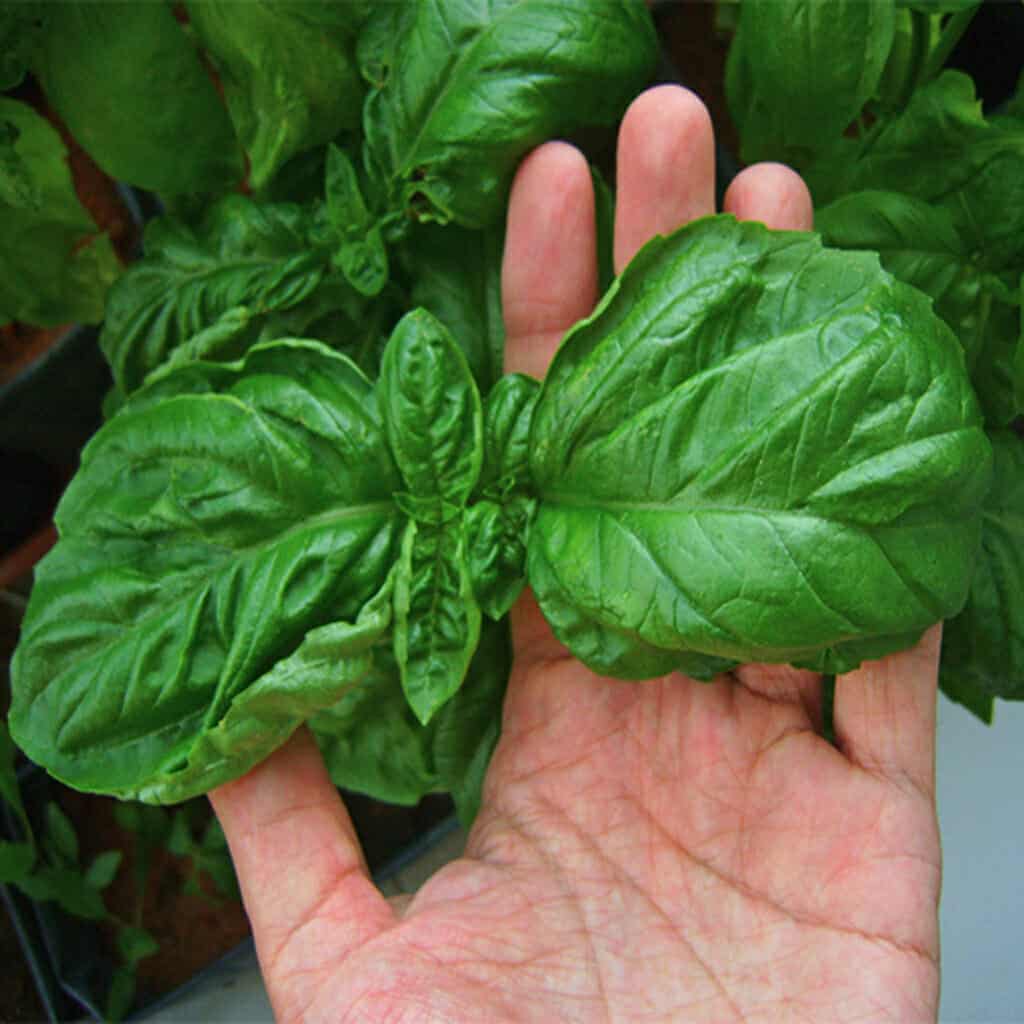
You can instantly tell if you’re dealing with Italian Large Leaf Basil based on the fact that it both smells and tastes way sweeter than most other basil varieties out there.
It is even sweeter than the Genovese Basil, which is why it is often times used to replace the Sweet Basil, since it has a very similar taste and smell, but a much sweeter edge to it.
6. Dark Opal Basil
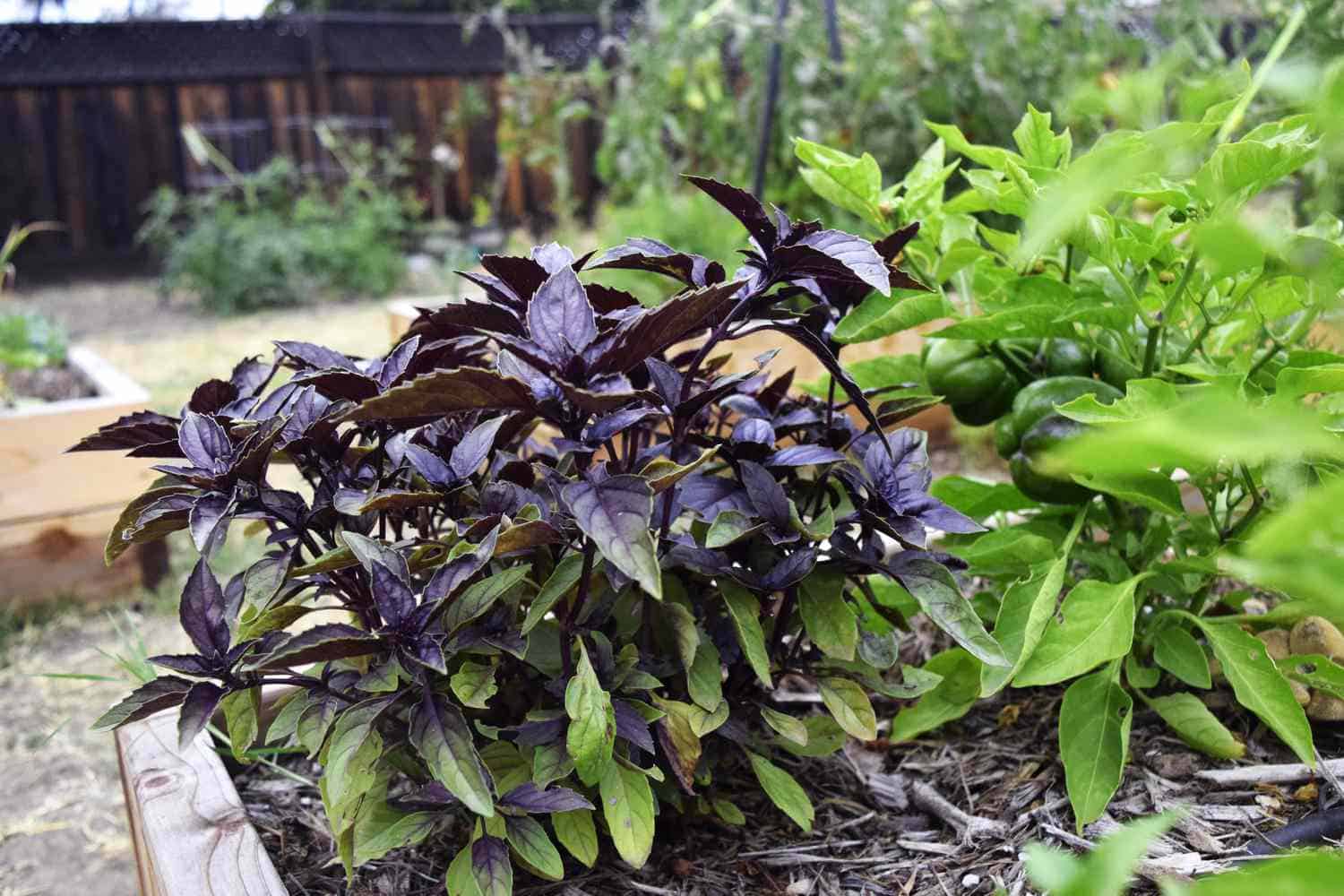
If you’re on the market trying to get your hands on a unique looking basil then look no further than the Dark Opal Basil.
Immediately you can tell why this variety is so popular, since a lot of people would specifically go with this one just so they can make their dishes more aesthetically pleasing.
Commonly referred to as the emo basil, the dark coloring on it may look strange but when it comes to its taste, the Dark Opal Basil is honestly not that different from any other type of basil out there.
It doesn’t really stand out from anything else taste or smell wise, but it does definitely look like a special addition to your dish, doesn’t it?
7. Lemon Basil
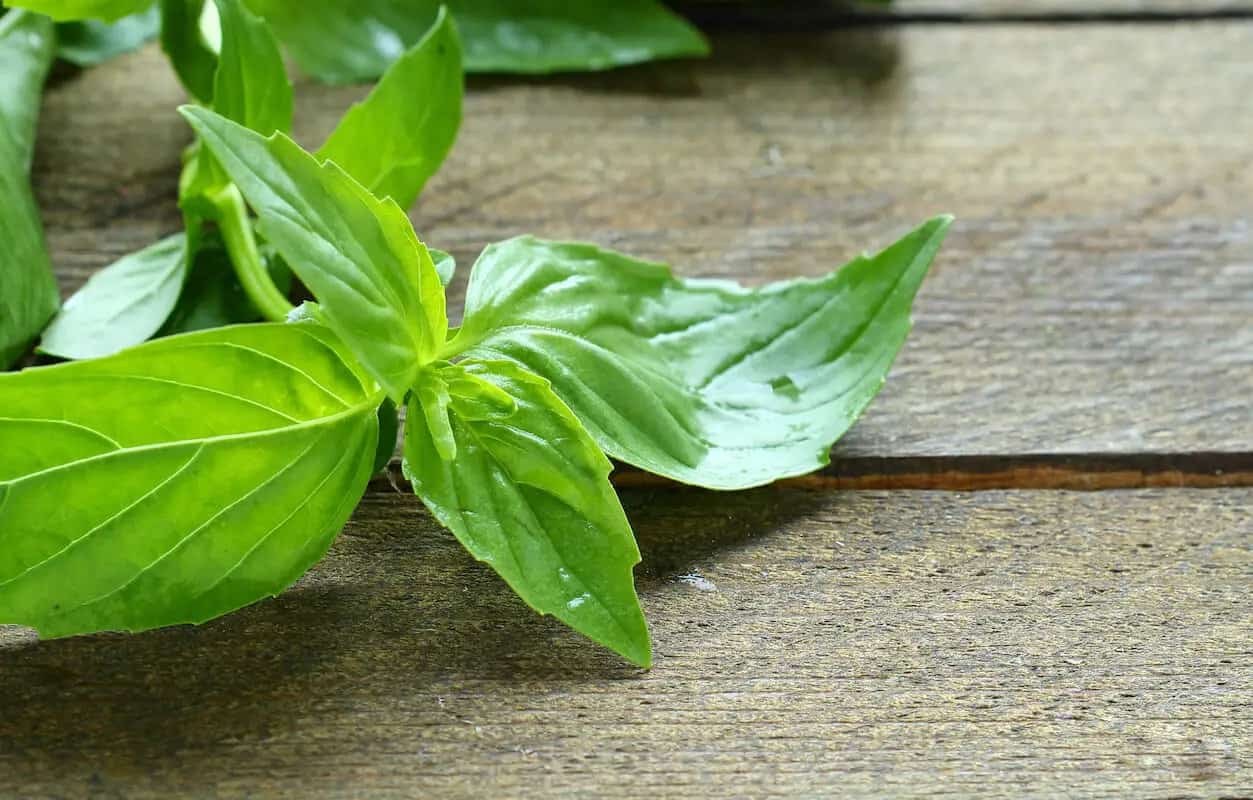
The Lemon Basil is actually quite common nowadays, you can even find it in most big box home improvement stores or nurseries out there.
Interestingly enough, looks wise it doesn’t really stand out all that much, but from the moment you snarf it down you can instantly tell that it has a very strong lemon flavor to it.
As such, it is one of the most popular options out there for many fish recipes, although it can also be used in many salads too.
If you want to make your very own lemon-flavored iced tea you can also go ahead and add in a leaf or two of the Lemon Basil without having to add in any artificial lemon flavors.
8. Lime Basil
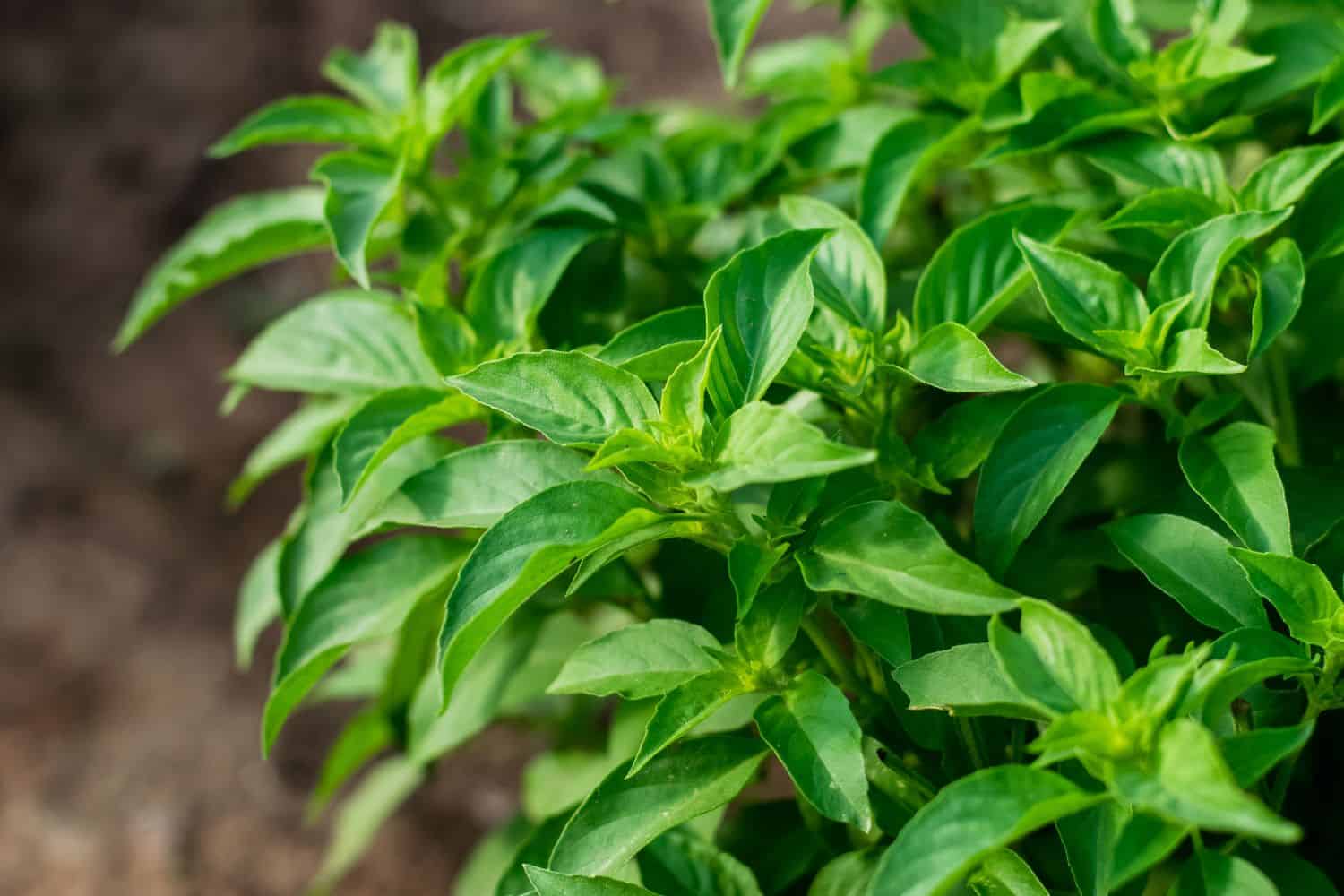
As you can probably tell from the name alone, the Lime Basil is very similar to the Lemon Basil in every way, shape and form except for its taste.
Taste wise, as the name implies, it packs on a very strong lime flavor, as such it is another fan favorite option for both chicken and fish recipes alike.
Interestingly enough, it is also very popular in lime basil infused syrup form, which you can add to your tea every day if you want to.
9. Holy Basil
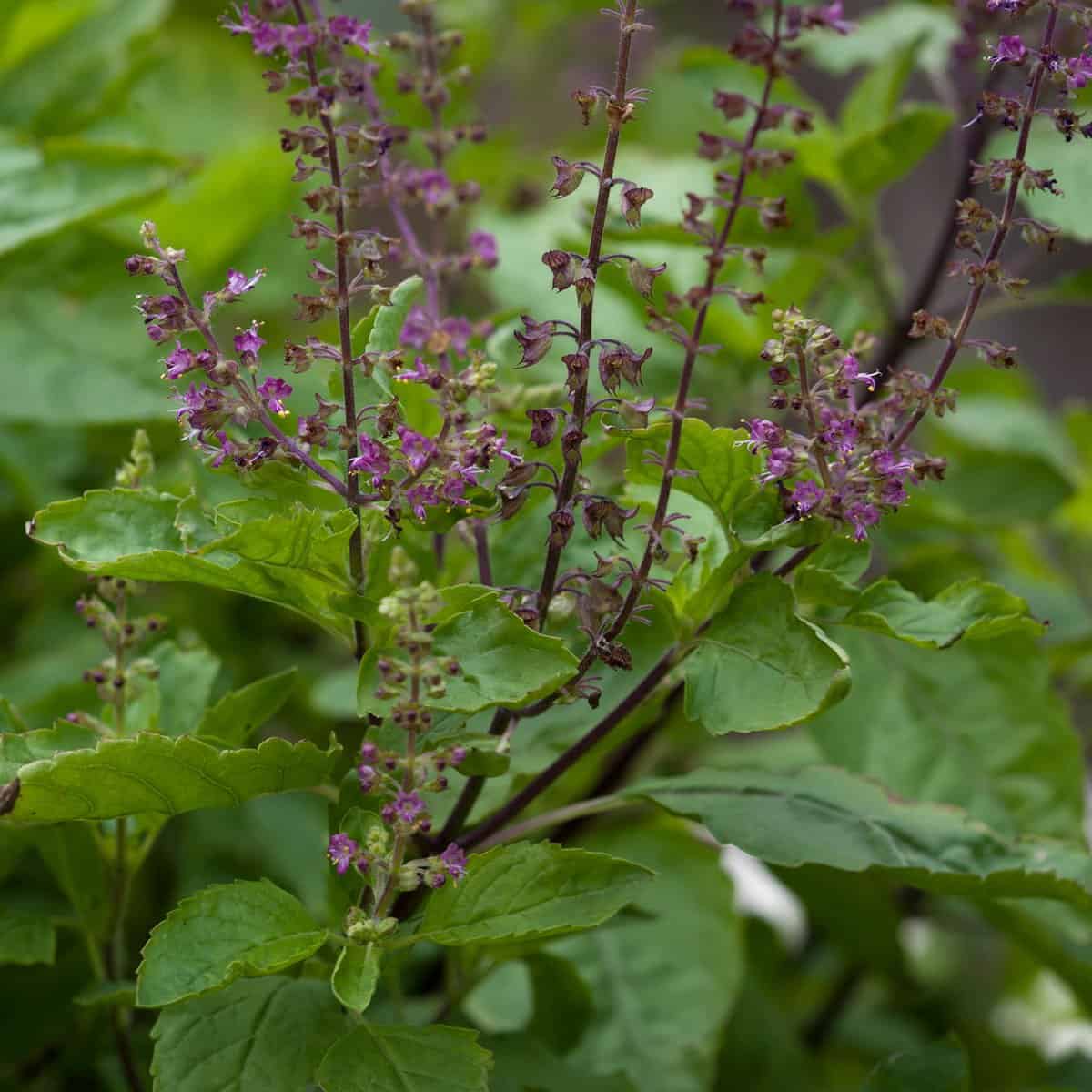
The name alone makes this basil sound very important historically, and honestly, it is kind of right since it was used a lot by Hindu priests over the years.
Another commonly used name for this variety is the Sacred Basil, but even if you don’t care about any of that, you’ll be happy to hear that this option can also make for a great addition to any tea if you want to boost up your immune system in an instant.
10. Thai Sweet Basil
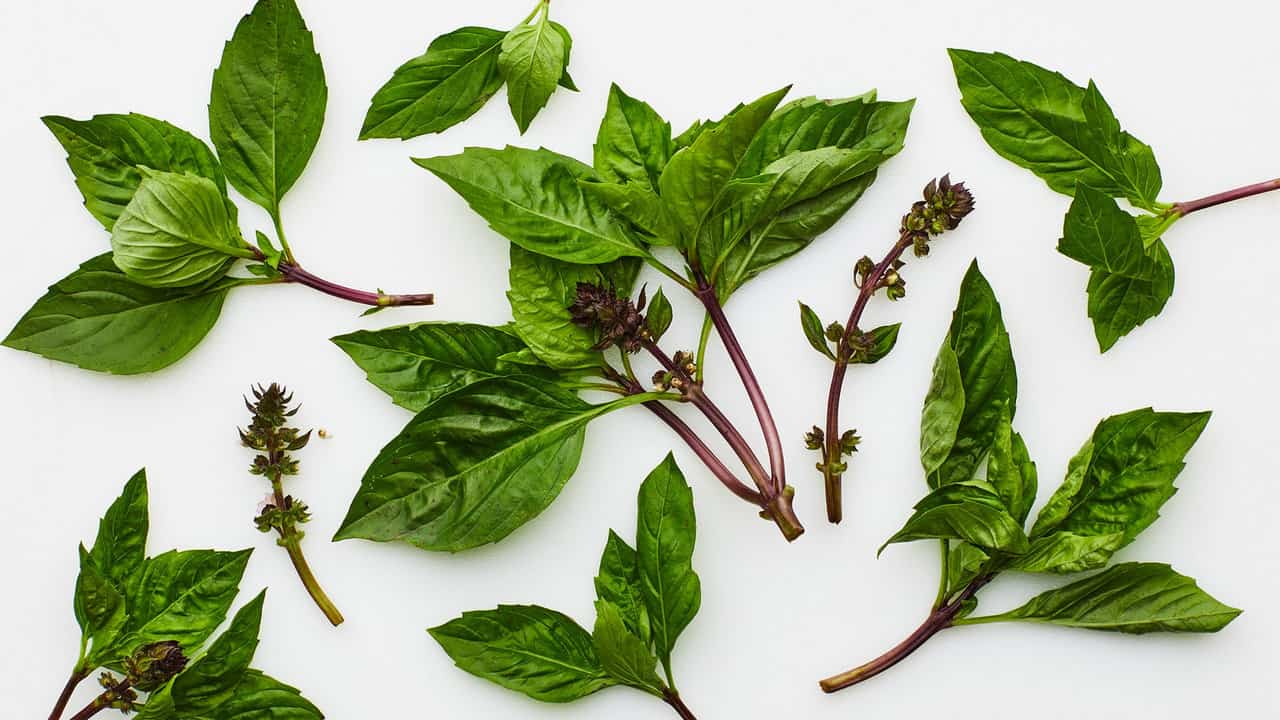
This may be one of the most unique basil varieties your money could get you, both looks and taste wise. You can instantly see what we mean by that since the Thai Sweet Basil has smaller dark pointed leaves which immediately stand out from the crowd.
Not only that but taste wise, Thai Sweet Basil has a much spicier flavor to it, with some people even claiming that it has a bit of a licorice punch to it.
It is a very popular option for Asian dishes such as Spicy Sesame Noodles or even the famous Thai Basil Chicken.
11. Spicy Bush Basil
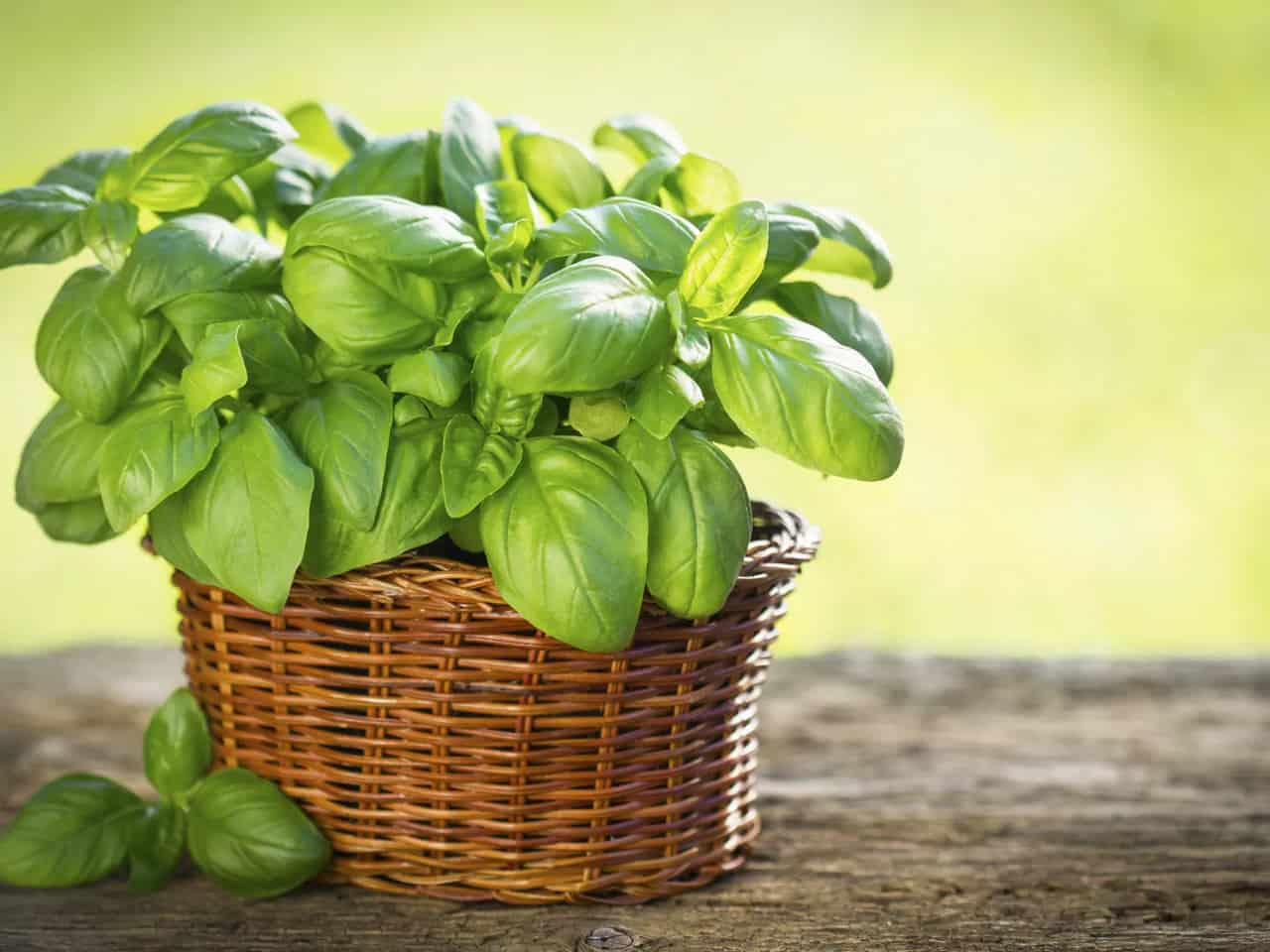
But hey, if you prefer to have something a bit on the smaller size for your small indoor garden then you have got to get yourself a Spicy Bush Basil.
This variety of basil has small and cute leaves on mounded plants which instantly makes this the perfect choice for indoor pots.
As far as the flavor is concerned, you’re looking at a very intense variety that is sure to work well with any sauce or soup out there.
12. Green Ruffles Basil
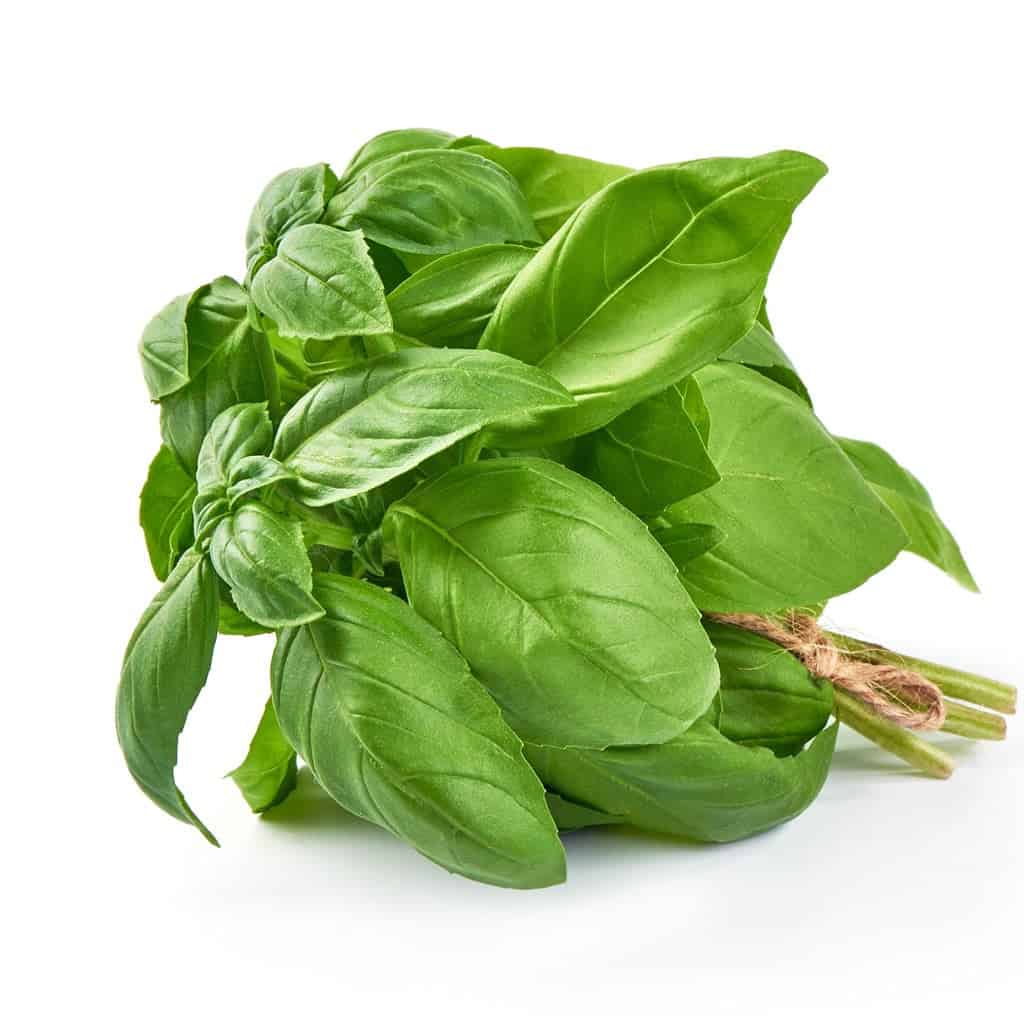
This variety of basil is known for its curled leaves which instantly make your garden stand out because of how unique it looks.
When it comes to the flavor, the Green Ruffles Basil is known for being a much milder option than most other basils out there. As such, this is the perfect choice for most salads as long as you don’t want your basil to overpower any of the other ingredients.
Interestingly enough, Green Ruffles Basil is also one of the largest basils around, growing as tall as 24 inches, with its leaves reaching the size of almost six inches long during the harvesting season.
13. Greek Basil
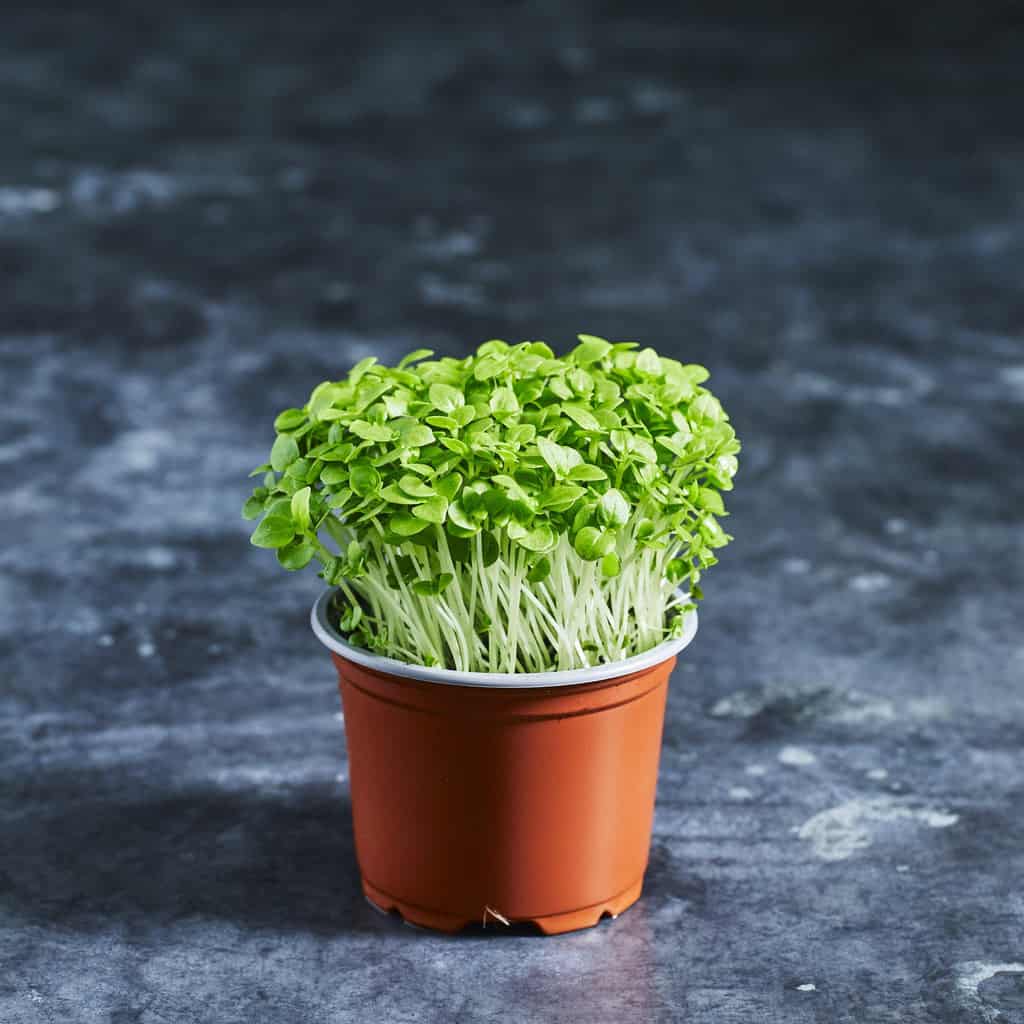
If you don’t have a lot of space around then you definitely should look into getting yourself some Greek Basil since it is by far one of the smallest varieties of basil around.
The Greek Basil grows as small as 8 inches, and while it is very small, it is anything but flavorless to say the least.
It is definitely not as punchy as some of the other options on this list, but its flavor is nothing to scoff at, since it can still be used in salads, meat dishes and a ton of different soups.
14. Summerlong Basil
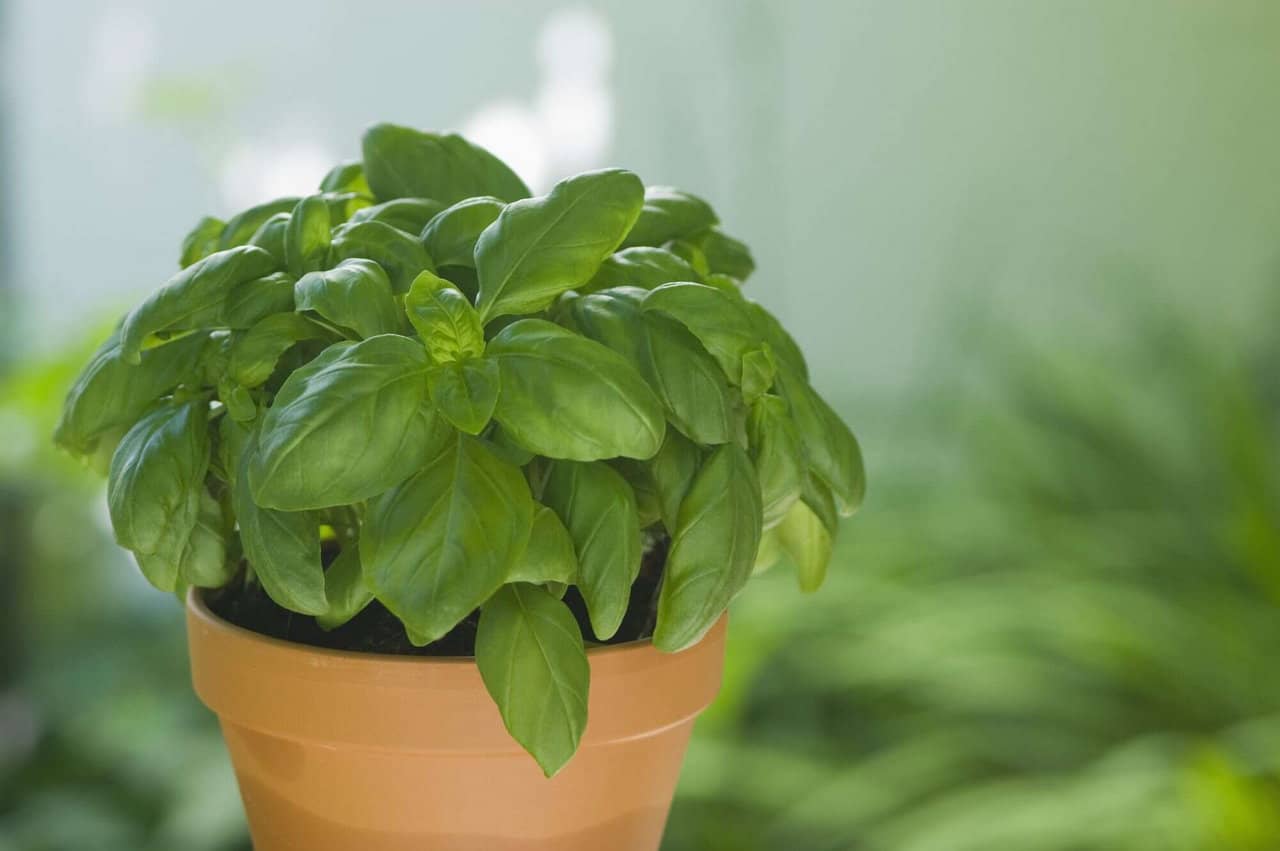
If you want to plant your very own basil and you don’t want to have to wait long to actually have it be ready for harvesting, then you should look into the Summerlong Basil because it more than fits your requirements.
This is known as a dwarf basil, simply because it matures way earlier than most other basil types out there. You can expect it to produce the necessary flowers around 30 to 60 days after being planted, which is definitely a great deal if you’re in a hurry.
15. Ararat Basil
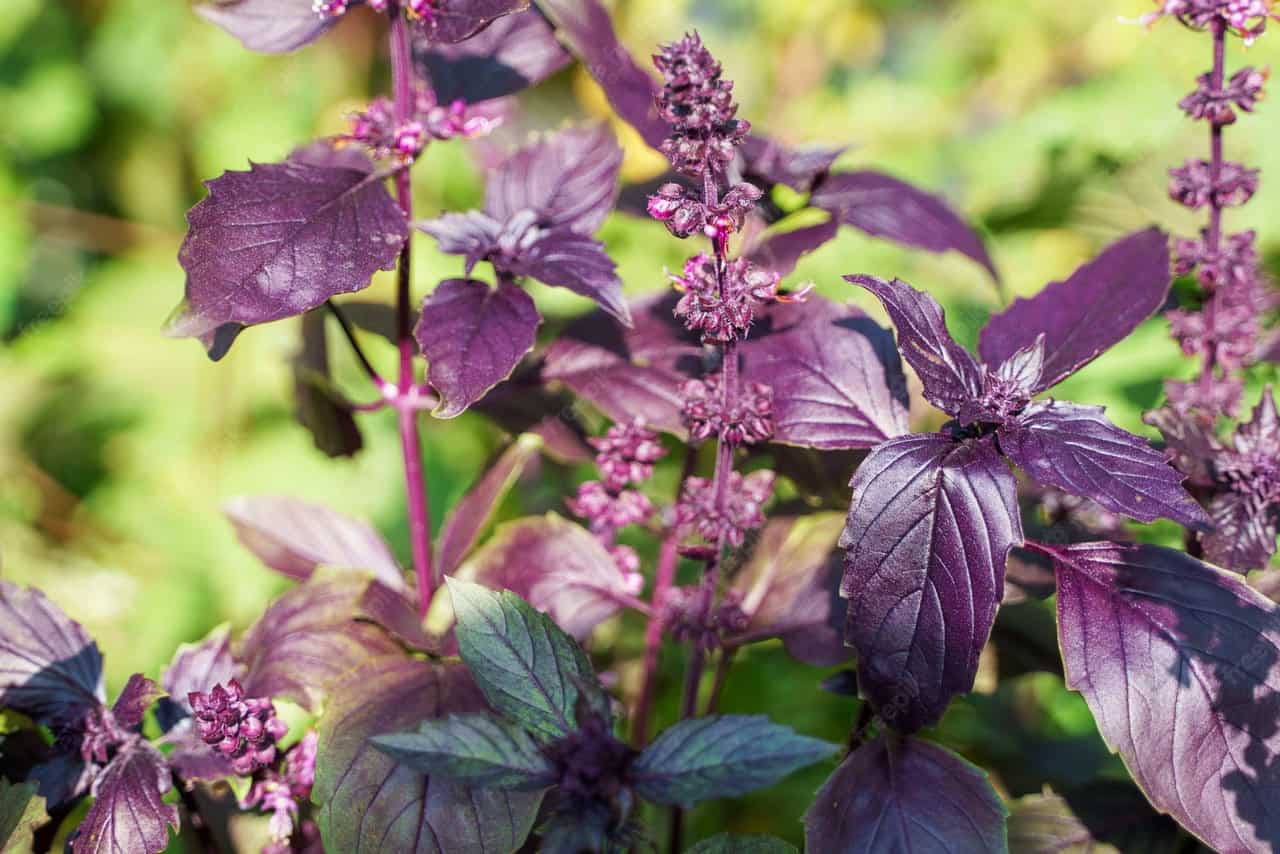
The Ararat is always a treat to see in your salad because of how beautiful it really looks. As such, it also makes for a great option for floral arrangements.
When it comes to its flavor, you can expect it to be sweeter with a bit of a hint of licorice to it. While it may not be the punchiest flavor, it definitely more than makes up for it with its looks.
16. Cardinal Basil
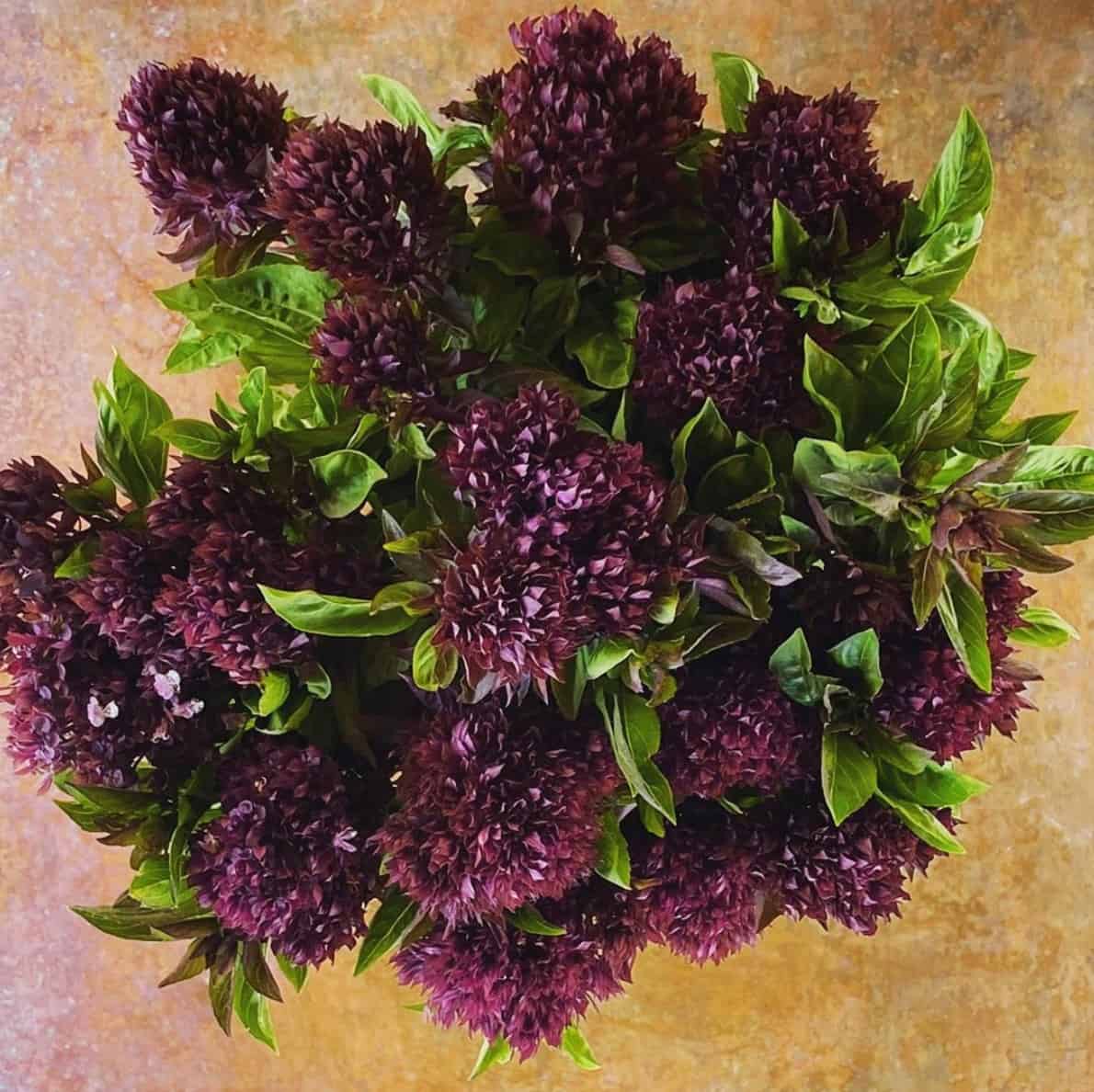
The Cardinal Basil is one of the easiest to recognize varieties on the market, and that’s a fact. You can instantly tell if you’re dealing with one based on the fact that it produces beautiful red blooms.
It is not exactly the best option when it comes to its taste, since it is a bit lackluster, but it is just spicy enough to be used in vinegar and oils to literally “spice up” your dish.
17. Spicy Globe Basil
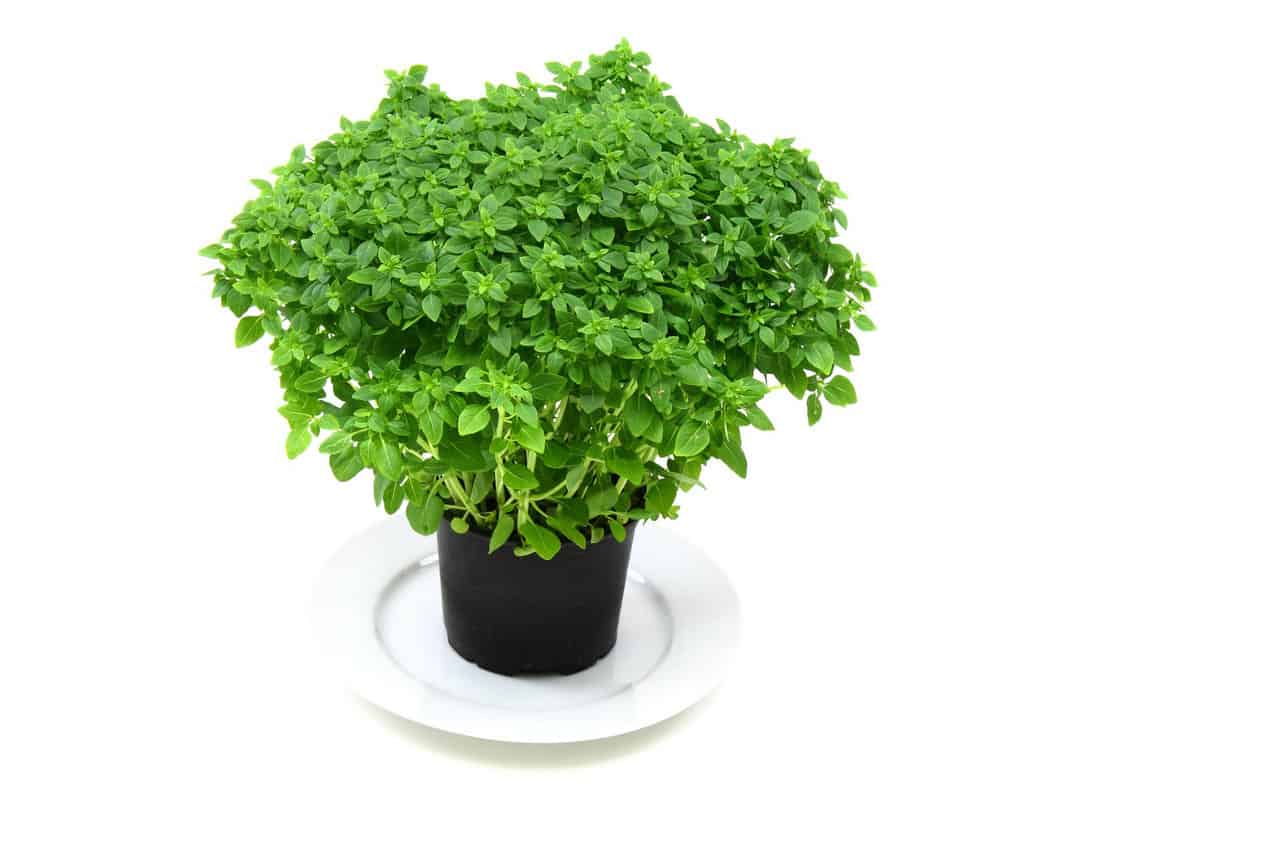
The Spicy Globe Basil is a great all-around option for your dishes. It can be added to soups, salads and even pasta due to its spicier flavor.
Where it really shines though is in its ornamental value, as it is quite a beautiful and petite variety that you can plant in your indoor garden this very moment.
In fact, it may be one of the best indoor options, since it thrives in a container garden, so if that’s what you’re sporting you’re sure to love the Spicy Globe Basil.
18. Purple Ruffles Basil
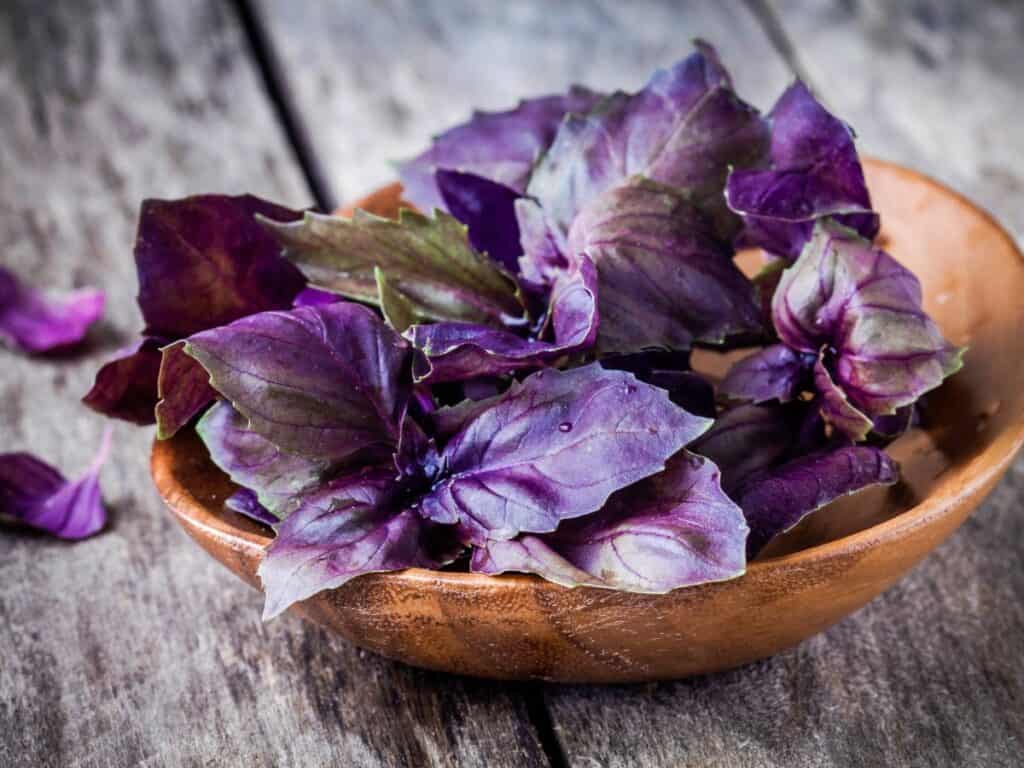
As you can probably tell by now from the name alone, this variety of basil is very similar to the dark opal basil, with the main key difference between the two being that fact that this is a ruffled variety after all.
Other than that, this purple basil is a great ornamental option that you should definitely look out for on the farmers’ market, and while you’re there you can also make your dishes better with it due to its mild yet flavorful flavor.
19. Lettuce Basil
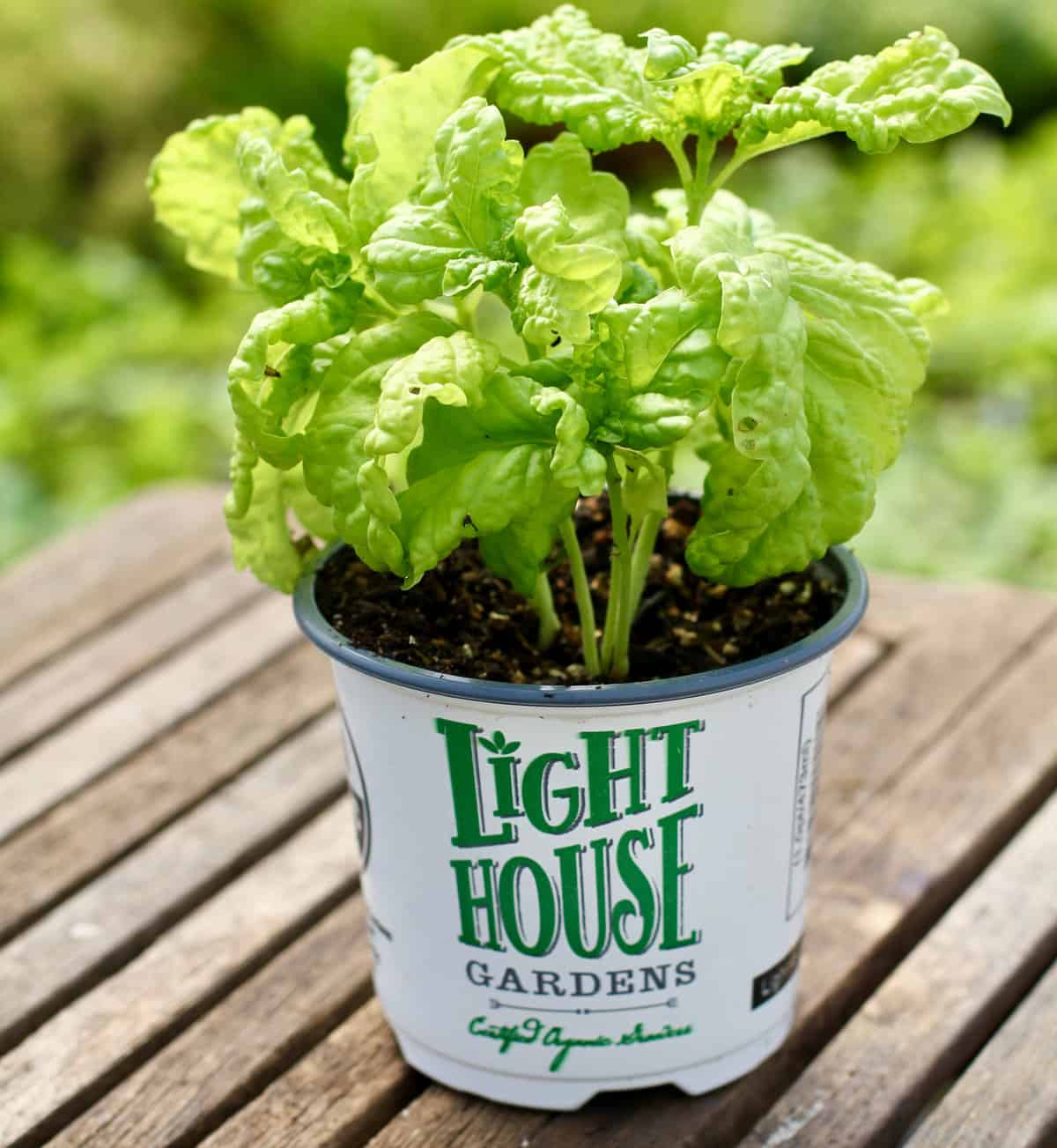
As the name implies, the Lettuce Basil has rather massive and floppy leaves that dangle about as soon as they’re ready to be harvested.
On top of that, they are around four inches wide and six to ten inches long, making this the absolute perfect option if you want to use them in lettuce wraps and you don’t want to use smaller leaves.
Flavor wise you are looking at a relatively mild option right here, which is quite disappointing since most of us would think that such a massive option should definitely be more flavorful, but instead it just serves as the big brother version of the Sweet Basil.
20. African Blue Basil
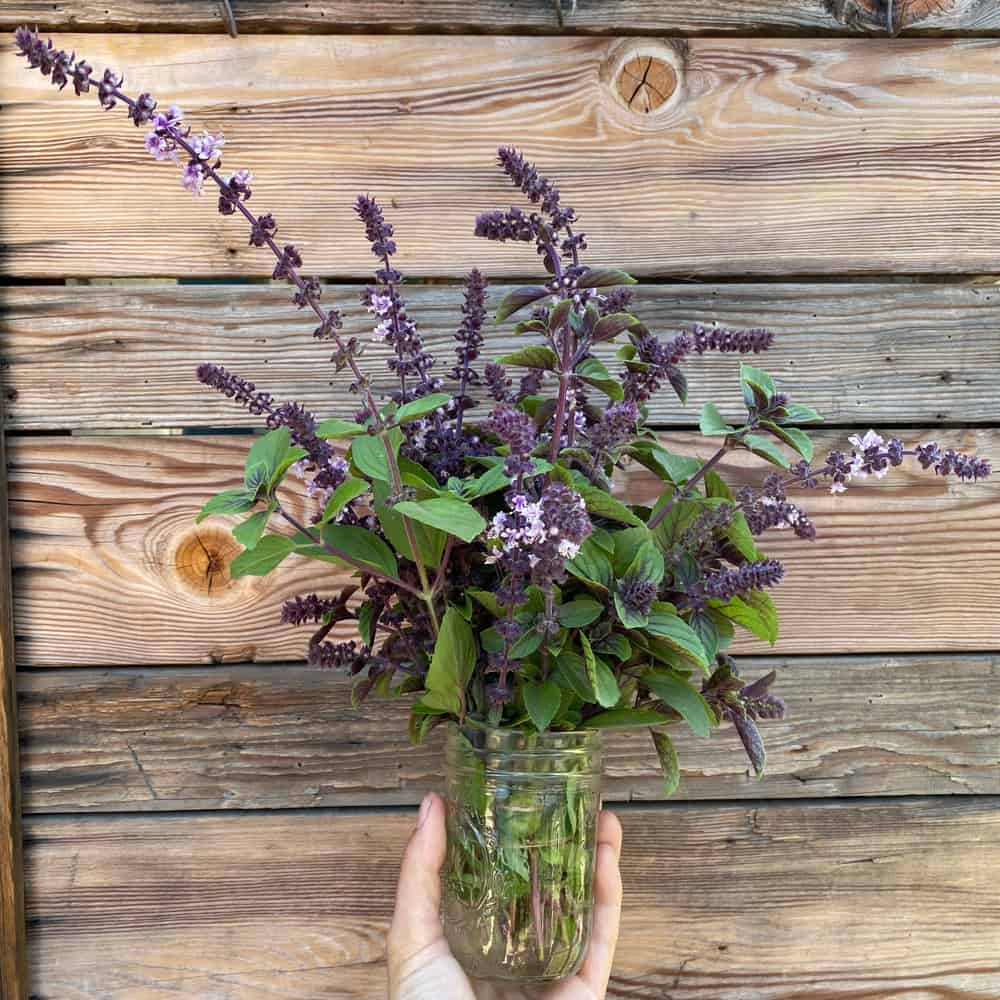
This is by far the tallest basil variety you’ll ever see, since it can grow as tall as 4 feet if given the proper soil and whatnot.
On top of that, it is also a perennial, which makes it different from most other basils out there. As such, this is one of the best ornamental options on the market, especially since it can grow time and time again, as long as it doesn’t freeze at any point.
Its flavor is decent enough, it’s nothing to write home about. If you want a basil to taste like basil then let’s just say that you won’t be disappointed by the African Blue Basil anytime soon.
Conclusion
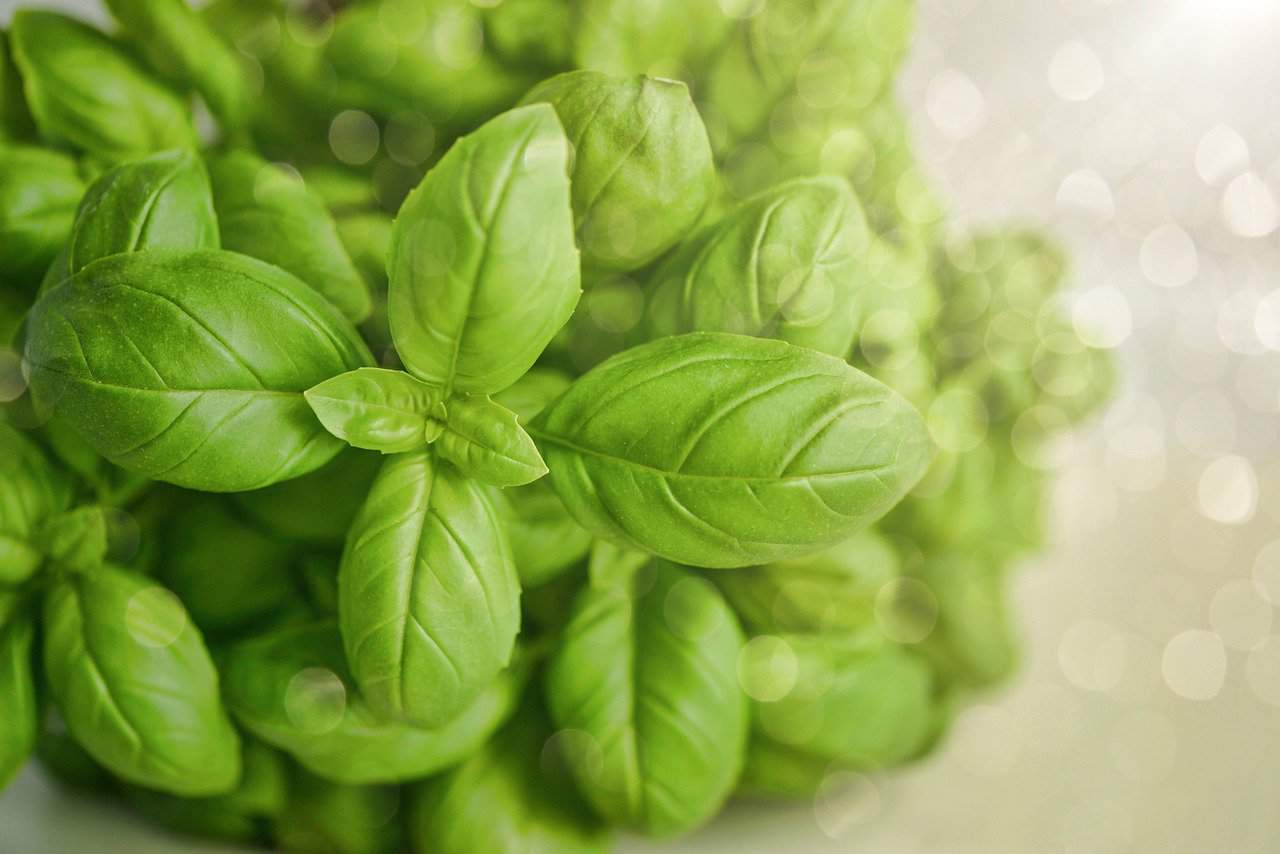
There are a ton of different varieties of basil out there for you to choose from, but for the most part, the Sweet Basil variety will be the most readily available option you’ll come across.
As such, if you want to actually find some of the other options we have in store for you here, you may want to take some time and actually search up places around you because chances are, it won’t be as easy as you may think to find something like the African Blue Basil in the wild.
Contents
- Planting, Growing and Harvesting Basil
- 1. Christmas Basil
- 2. Cinnamon Basil
- 3. Sweet Basil
- 4. Genovese Basil
- 5. Italian Large Leaf Basil
- 6. Dark Opal Basil
- 7. Lemon Basil
- 8. Lime Basil
- 9. Holy Basil
- 10. Thai Sweet Basil
- 11. Spicy Bush Basil
- 12. Green Ruffles Basil
- 13. Greek Basil
- 14. Summerlong Basil
- 15. Ararat Basil
- 16. Cardinal Basil
- 17. Spicy Globe Basil
- 18. Purple Ruffles Basil
- 19. Lettuce Basil
- 20. African Blue Basil

